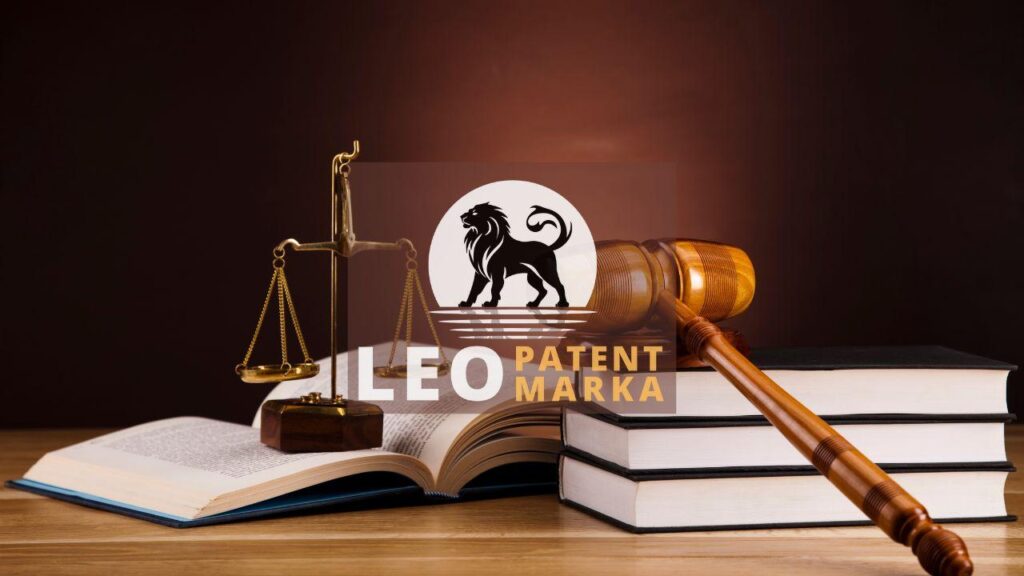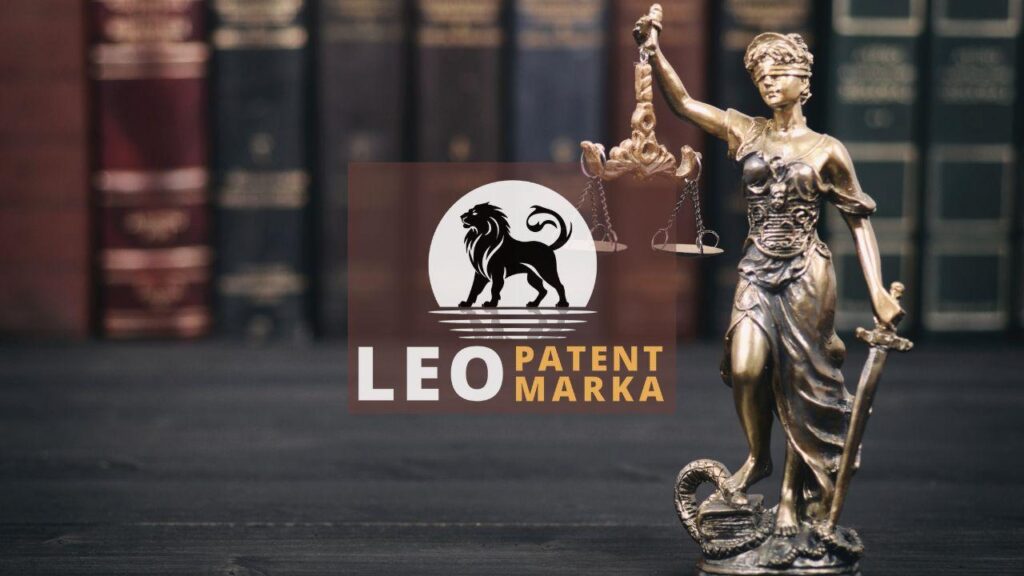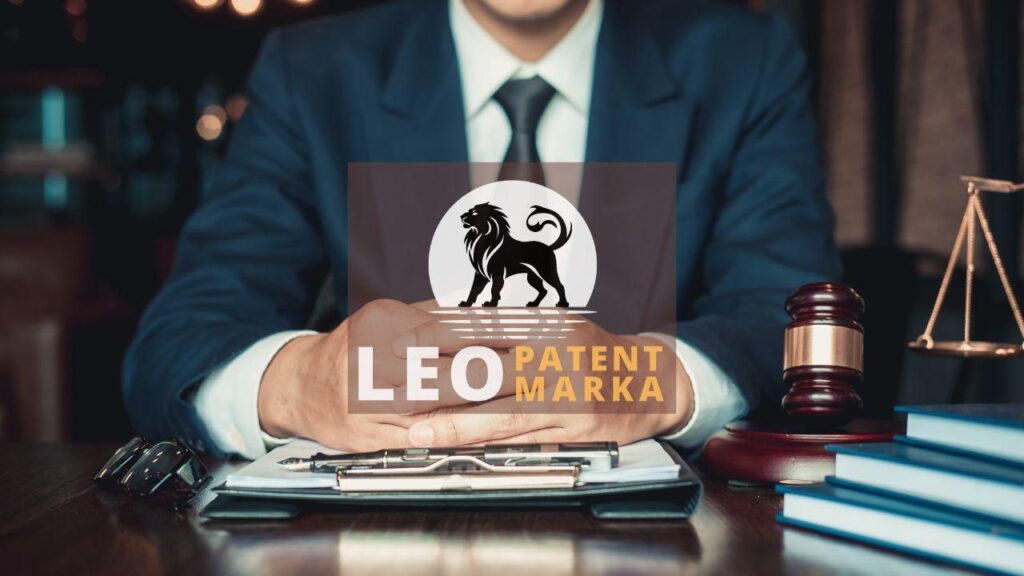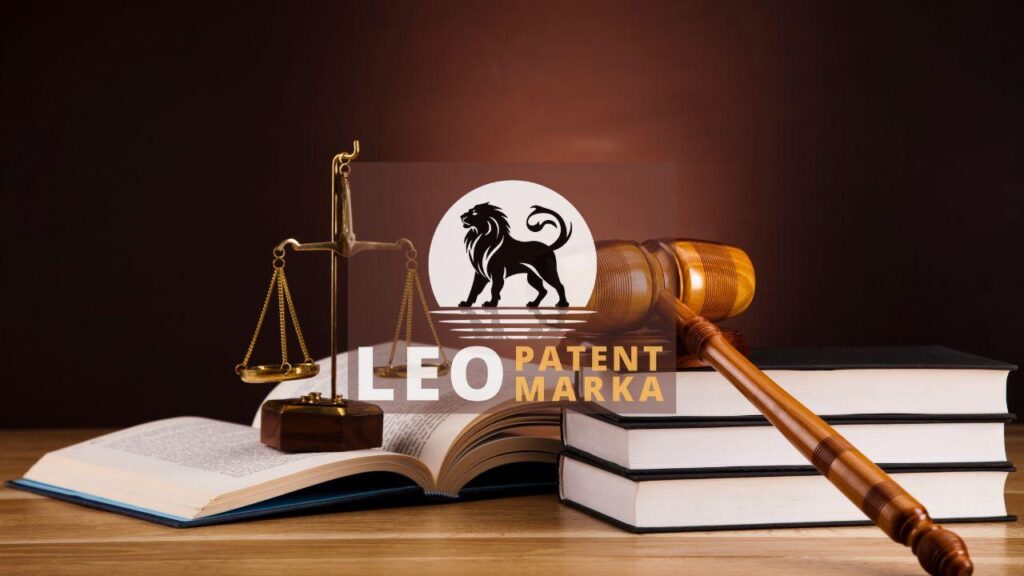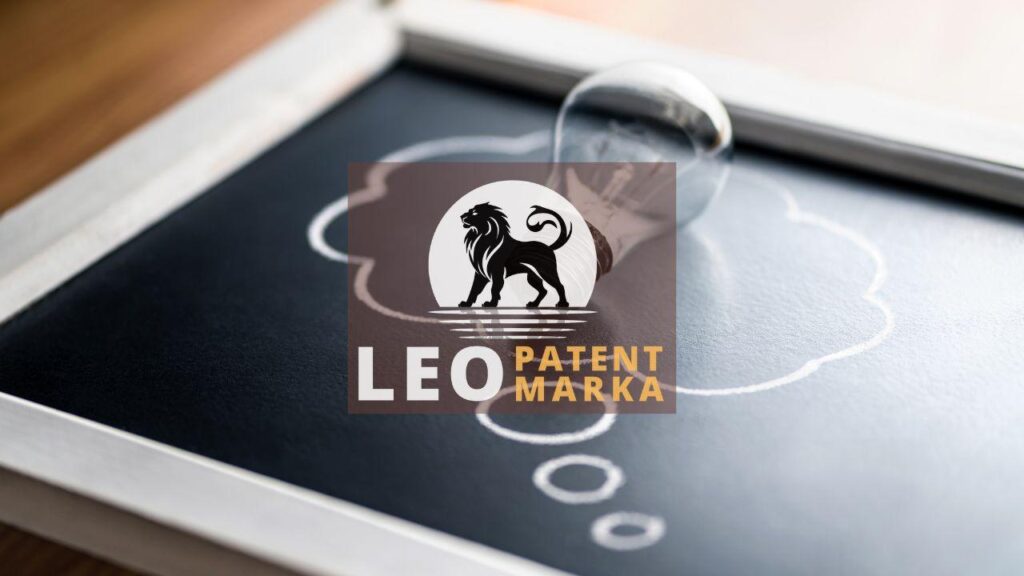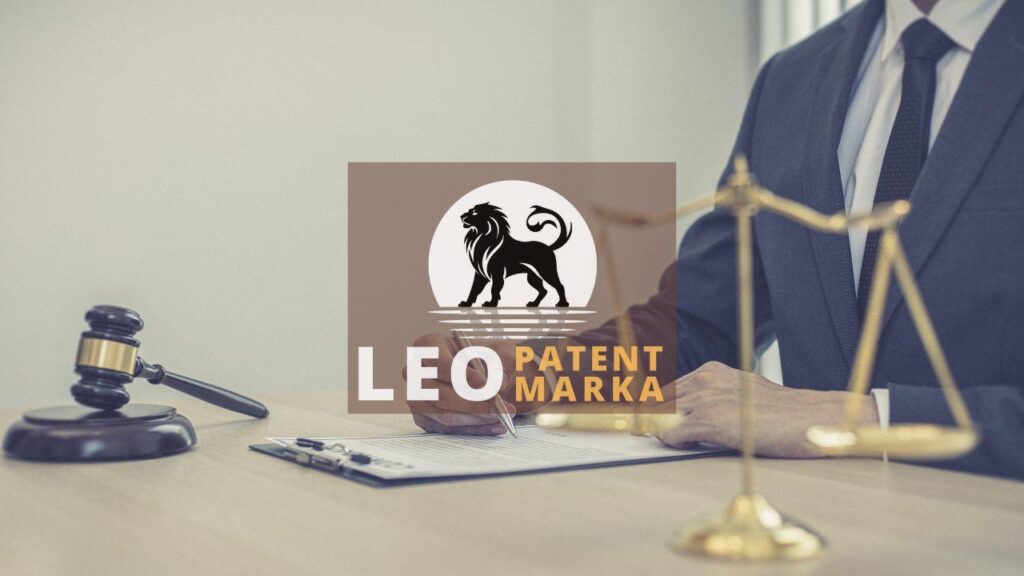In today’s competitive landscape, industrial design protection is critical. Without it, a company’s creative assets can be easily compromised. As businesses expand into global market designs, safeguarding these assets becomes more complex. Intellectual property serves as a shield, but understanding international design laws is essential. Missteps can lead to loss of design patent rights, impacting the bottom line. Statistics reveal that companies investing in robust industrial design protection often navigate global markets with greater success. What’s at stake? A whole market of opportunities. Imagine your design becoming a best-seller globally. It’s attainable with the right protection in place. Now, consider the opposite scenario: your unique design replicated with no credit to you. This harsh reality underscores the importance of adhering to international design laws. As you venture into foreign territories, ensure that your industrial design protection matches the ambitions of your international reach. It’s not just smart—it’s essential.
Navigating Legal Frameworks for Design Protection
Industrial design protection in the global market requires a keen understanding of international design laws. Consider it your roadmap—without it, you risk losing design patent rights. The world’s market is vast and alluring, yet fraught with potential pitfalls. Each country has its own unique set of intellectual property regulations. Failing to grasp these can lead to costly mistakes. Some might say it’s like navigating through a minefield of legal jargon. That’s why businesses aiming for success must prioritize learning the intricacies of design patent rights. By strategically aligning with international design laws, companies forge a path paved with opportunities, not obstacles. The right legal framework isn’t just a safety net; it’s a launchpad for your global market designs. Remember, your industry competitors are eyeing the same stage, seeking to capitalize on any oversight. In this competitive arena, knowledge truly is your best ally.
Understanding the legal frameworks that govern industrial design protection is like deciphering a complex map. With each country bringing its own set of rules, international design laws can appear daunting, yet they are paramount in securing design patent rights. Proactive companies see this challenge as an opportunity rather than a hurdle. By immersing themselves in the nuances of intellectual property across borders, businesses turn potential threats into strategic advantages. Imagine the advantage of foreseeing legal challenges and deftly sidestepping them. It’s not merely about defense; it’s about crafting a resilient design strategy ready for the global market designs. When you deeply delve into these legal intricacies, your brand stands fortified. Remember, in this arena of global competition, mastering design laws is akin to holding the compass that directs you to triumph. Knowledge, after all, isn’t just power—it’s the currency of success in international ventures.
Navigating legal frameworks for design protection is akin to learning the rules of an intricate game where each move counts. With global market designs becoming more prominent, understanding the nuances of international design laws is crucial. Imagine launching your product, only to find its design copied, with no recourse. This is why companies must be diligent in locking in their design patent rights. It’s a strategic dance; missing a step could mean losing the intellectual property edge. Dive deep into the complexities of these laws to ensure your industrial design protection is never compromised. By staying informed and proactive, your business can glide through potential legal storms, transforming obstacles into opportunities. Think of it as a chess game, where every move matters, and foresight is invaluable. In the game of global markets, protect your designs as you would your castle—strategically and deliberately.
Innovative Strategies for Safeguarding Intellectual Property
Unleashing innovative strategies for industrial design protection starts with understanding intellectual property fundamentals. Companies venturing into global market designs must prioritize their intellectual property, ensuring these creative assets remain untouchable. Without proper safeguards, design patent rights can slip through the cracks, leaving a company vulnerable. Consider implementing robust security measures alongside navigating complicated international design laws. Your design is more than just a product; it’s an investment that demands attention. Customizing an approach that aligns with diverse markets ensures maintaining an edge. Many successful businesses have mastered this by adapting strategies to suit each market’s unique legal standards. In this ever-connected world, staying ahead of the curve is your ticket to global success. Don’t wait for threats to knock on your door. Create strategies that work proactively, protecting what’s truly yours on the international stage.
Harnessing effective strategies for safeguarding intellectual property means arming your business with knowledge of international design laws. Begin by conducting an intensive audit of your existing industrial design portfolio. Identify potential vulnerabilities that might expose your designs to legal challenges in diverse global market designs. Secure your design patent rights by registering in multiple jurisdictions wherever feasible. International treaties and agreements, like the Hague Agreement, can simplify this process considerably, offering your business a streamlined path to protection. Consider also engaging with regional experts who understand the nuances of local laws. Their insights can turn complex legal landscapes into clear, navigable pathways. The protection and commercialization of your designs hinge on these proactive measures. Ignoring them risks leaving your assets exposed to infringement. Stay steadfast in maintaining the integrity of your designs by aligning protection strategies with the pace of your international ambitions. This diligence not only shelters your innovations but paves your way to sustainable success.
Incorporating technology into your industrial design protection arsenal can amplify your defense strategy significantly. Innovative tools like blockchain offer a transparent, unalterable record of your intellectual property, reinforcing your claim over global market designs. Explore automated systems that monitor infringements efficiently, notifying you of any violations to your design patent rights. Consider virtual collaborations to adapt swiftly to international design laws and stay relevant in fast-changing markets. Engage regularly with legal tech solutions that provide real-time updates on applicable laws, ensuring your strategies are always up-to-date. In parallel, cultivate a culture of vigilance within your organization, urging teams to remain alert and informed about potential threats. This blend of technology and awareness not only fortifies your industrial design protection but also strengthens your competitive advantage internationally. Success in safeguarding your intellectual assets lies in a cohesive approach that marries innovation with informed action.
Case Studies: Success and Challenges in Global Design Enforcement
Industrial design protection is more than a legal claim; it’s a lifeline for preserving innovation in the global market. Consider Company A, which skillfully shielded its creative marvel through strategic intellectual property actions. They navigated international design laws with precision, allowing them to evade countless imitations. Their success is not an anomaly. On the flip side, Company B faltered due to lapses in securing design patent rights, resulting in substantial market setbacks. The lesson? Protecting industrial designs goes beyond borders—it defines your brand’s market potential. For those eyeing the global stage, adopting a protective strategy isn’t just wise; it’s a game-changer. Adhering diligently to international design laws can transform risks into opportunities, safeguarding the uniqueness that drives market triumphs. How you enforce these protections today determines your global success story tomorrow.
Success stories in industrial design protection aren’t just found in the headlines; they also unfold in quiet office corners. Take the case of an avant-garde electronics firm. They launched a novel design into global market designs, yet faced a barrage of copycats. Through leveraging their intellectual property across several jurisdictions, they fortified their design patent rights, ensuring their innovation stood unchallenged. Meanwhile, a fashion brand ventured without a clear understanding of international design laws. Their vivid patterns found unexpected popularity—but in the wrong hands. This oversight turned their global ambitions into a cautionary tale, illustrating the pitfalls of inadequate protection. These case studies highlight a simple truth: Industrial design protection is the bedrock of international success. The road to triumphant global ventures is paved with informed decisions and steadfast adherence to design laws. Challenges arise, but with the right strategy, they are mere stepping stones to greater markets.
Engage in critical thinking with a recent case from the automotive sector. A company, securing a stronghold on industrial design protection, ventured boldly. Their cutting-edge vehicle designs captivated the global market, capturing the curiosity of consumers and competitors alike. By prioritizing intellectual property and accruing design patent rights, they deftly maneuvered through international design laws, marking their dominance. Contrastingly, a household appliance brand learned the hard way. Their failure to secure sufficient protection led to widespread replication in emerging markets. This lapse did more than just bruise egos—it dented profits. Their experience sends a clear message: without robust industrial design protection, aspirations can quickly unravel. Emphasizing the value of securing one’s unique designs globally is more than precaution—it’s a blueprint for success, allowing businesses to navigate the turbulent waters of innovation with confidence and foresight.
Disclaimer: This article is for general information purposes only and it is recommended that you consult experts and companies in that field to evaluate your specific situation. We are not responsible for any damage that may arise from the use of the information in this article.


